Participative Leadership Style - Definition, Examples
What is participative leadership? In leadership, participative strategy is the technique of utilizing a team-based democratic method to promote an organization, business, or project. The Hawthorne studies, performed in the 1930s at Hawthorne Works in Illinois, laid the groundwork for this leadership style—though their conclusions focused on employee motivation rather than leadership. It was discovered in the 1950s that these studies boosted worker productivity because employees were watched.
Meanwhile, another 1930s research identified three distinct kinds of leadership: democratic, authoritarian, and laissez-faire. However, a 1943 theory of human motivation had the most effect on the notion of participatory leadership by demonstrating how human motivation varies according to personality and requirements.
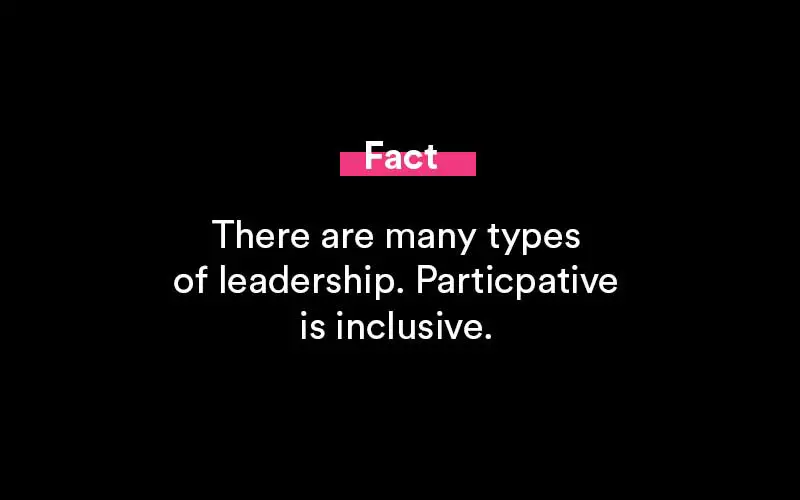
What is participative leadership?
Being a participatory leader is a straightforward process. Rather than taking a top-down approach to team management, everyone collaborates to make decisions and address corporate concerns, occasionally using an internal vote to resolve difficulties or obstacles. It is a more democratic style of leadership, in which everyone in the company or organization has a vote in how things are done. Leaders promote, involve, and use everyone's participation in decision-making and work—this enhances group members' feelings, boosts morale, and helps everyone buy into the organization's goals. While participatory leadership is not always the best strategy for every business, its ideas may nevertheless be implemented inside departments or smaller team settings within bigger businesses.
Since the 1930s, when participatory leadership was first defined, the technique has been examined via historical studies and theories of human motivation. However, those investigations reached a similar conclusion—namely, that this kind of democratic leadership can motivate growth by satisfying the human desire for self-actualization.
Why is participative leadership effective?
Participative leadership works best in low-pressure situations that are not prone to rapid turnarounds and need-it-now initiatives. This is because this type of leadership takes time, much more so when dealing with a bigger team or organization. Because obtaining everyone's input or opinion does not always occur instantly, democratic leaders must be prepared for a delay before taking any definite decision.
Universities, technology enterprises, and construction firms, among others, are among the industries, organizations, and businesses where this type of involvement works well. Additionally, creative workplaces benefit from a participatory leader, since a collective approach to brainstorming can provide novel problem-solving options.
That is not to imply that larger firms or corporations cannot benefit from participatory tactics. Application on a company-wide scale might prove prohibitively difficult, bringing growth to a standstill. However, whether applied inside a company's departments or smaller teams within those departments, participatory decision-making and management provide a forward-thinking strategy that may strengthen team ties and encourage everyone to take ownership of a project, eventually leading to success.
What is a participative leadership style?
Participative leadership is an excellent approach for managers that value team input and decision-making. The purpose of this article is to define participatory leadership and its four subtypes, as well as to examine the benefits and drawbacks of participative leadership.
Participative leaders engage all of the team members in the decision-making process.
Participative leadership styles
There is no one-size-fits-all approach to this type of participation; rather, the practice exists on a continuum ranging from complete corporate involvement to employee feedback that ultimately leads leadership in making their own decisions. Among the several methods to participatory leadership are the following:
Consensus decision-making
At the most extreme end of the scale, executives empower employees to make company-wide choices through a voting process. While the leader may assist the dialogue, nothing progresses unless a united accord is established.
Collective leadership
At the next level up on the scale, this is when leaders enable collaboration throughout an entire company. Employees from the top to the lowest make choices together, with equal accountability.
Democratic leadership
This is when leaders encourage all stakeholders to weigh in on critical problems or difficulties, but the company's leadership ultimately makes the call. If workers have questions or reservations about a decision, leadership is obligated to explain their reasons and address those concerns appropriately.
Autocratic leadership
At the low end of the participative spectrum, this style encourages input from other employees, but leadership makes the final choice – and is not asked to justify it. While employees have a voice, it is the leadership that has the most influence.
Advantages of participative leadership
When a manager or leader considers adopting a new leadership style, one of the first things they ask is, "How will this affect the company?"
There are several advantages to participative leadership. Several advantages of participatory leadership include the following:
Unity
While many businesses seek to foster unity through team-building activities or group trips, engaging workers in decision-making may do a lot more to help them feel connected to the organization—especially when those choices touch their daily lives.
Retention
Not only do many businesses discover that participatory leadership reduces turnover and absenteeism, but workers also recall the choices they helped make and want to see them implemented.
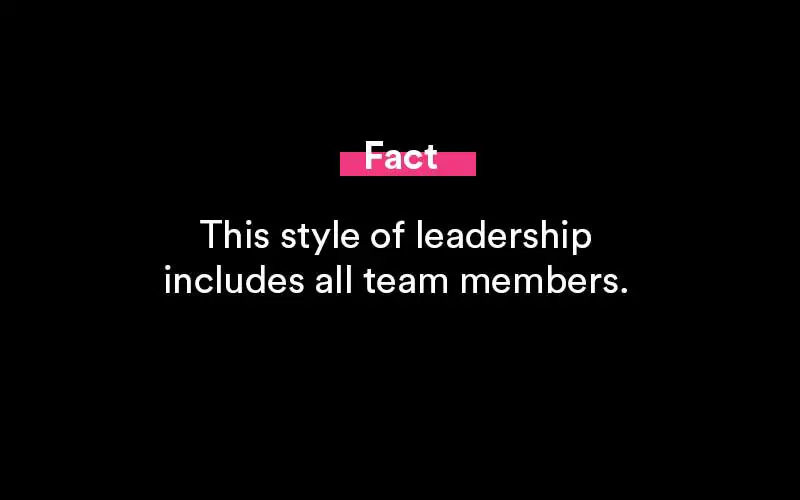
Morale
Participative leadership also benefits employee well-being by involving employees in the business. When employees feel like individuals rather than numbers, they are more inclined to follow business policies and enjoy their work.
Policy adoption
Employees who believe they have a greater say in the decisions that impact a project or organization are more inclined to accept such decisions and work more enthusiastically to implement them.
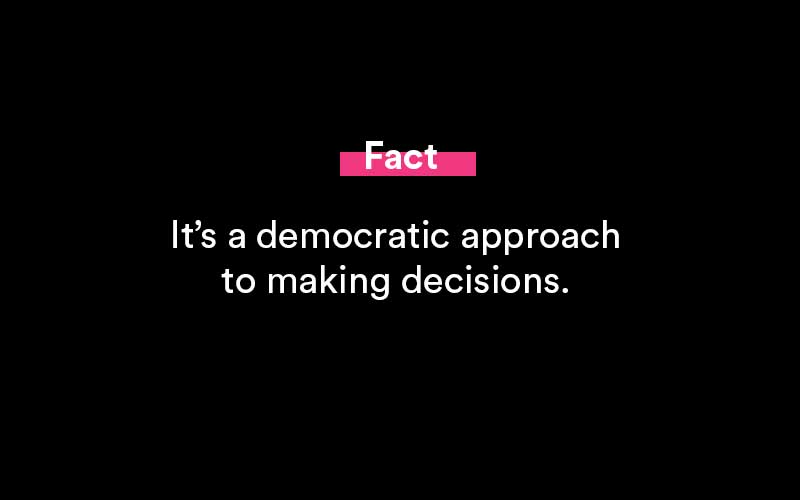
Creative thinking
Sometimes managers might become trapped in a cycle that results in them making stale or out-of-date choices. By allowing employees to contribute, creative thinking occurs—which paves the way for cost-cutting solutions, novel approaches to productivity and efficiency, and more.
Disadvantages of participative leadership
Having said that, depending on the size and emphasis of your company, there may be some distinct disadvantages to participatory leadership. Several downsides of participatory leadership include the following:
Slowness
Without a question, this technique takes time—especially if you engage in higher-level types of leadership. If your business operates in a high-pressure industry that necessitates quick decision-making, participatory leadership may stymie your growth.
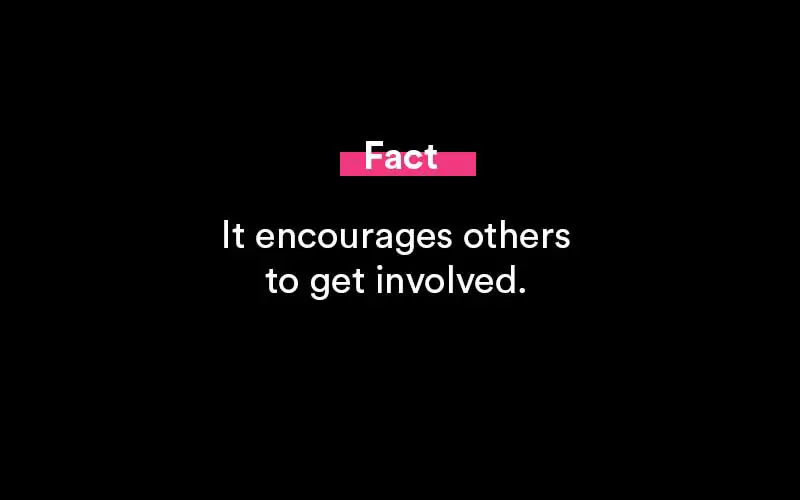
Group census
The larger your business, the more voices you must accommodate... and the more voices you must accommodate, the more likely you may meet divergent viewpoints that will be difficult to reconcile. That is not to suggest it cannot be done; it may simply require significantly more time to provide room for everyone to be heard.
Information leaks
If your firm or group deals with sensitive information, this style of leadership may result in the public disclosure of items that deserve secrecy. However, you cannot expect individuals to make business decisions without having all of the information necessary to reach a final conclusion. Without intending to do so, employees may disclose confidential information with the wrong individuals or misplace critical paperwork that may fall into the wrong hands.
Indecision
Simply giving everyone a voice does not guarantee that they will always want to contribute. On the other hand, some employees may be passionate about one subject yet unconcerned about another. Each of these cases complicates the process of reaching a common consensus.
Social pressures
Occasionally, despite best attempts, cliques or internal groups emerge within businesses, creating possibilities to persuade individuals to vote in ways they may not want to. Managers must be prepared in certain circumstances to guarantee workers' opinions are heard without fear of punishment and to promote uniqueness.
How to become a participative leader
Here's how to include others in the decision-making process and have a democratic leadership style:
Organize focus groups
Without the understanding of his team, a participatory leader cannot operate successfully. What better method to gather this vital information than through employee focus groups? Not only does this promote democracy inside your organization, but it also helps you develop a better relationship with each person, allowing them to view you differently.
Conduct polls
Participative leaders are concerned with their employees' pleasure and go to considerable measures to quantify this characteristic. Conducting employee satisfaction surveys is one method to obtain an accurate picture of how everyone actually feels about their employment, leadership, and the firm. Inquire about anything from how employees feel about the cafeteria's vending machine selection to how they feel about the new c-store distributors' performance. While many of businesses employ this strategy, the participatory leader not only conducts the surveys but also listens to the outcomes, which distinguishes these leaders from the competition.
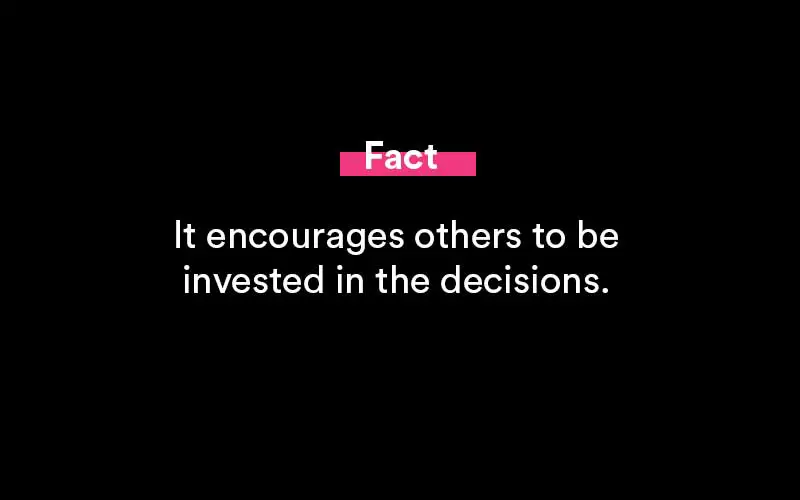
Enhance processes
Slow-running systems or inefficient processes contribute to a large number of the little annoyances that accompany a job. Participating leaders recognize these migraine-inducing issue areas and seek to improve them for the greater good of the team. Using quality management approaches such as Lean Six Sigma may assist executives in reducing mistakes, increasing efficiency, and boosting staff morale.
Encourage employees to grow
Many employees grow dissatisfied with their employers' lack of professional development opportunities and leave for another job when they reach a stalemate. Not only do participative leaders promote career growth, but they also empower people to discover areas for improvement and gain the skills necessary to address performance gaps on their own. Employees will feel empowered if they are given the responsibility of developing their own professional development plan without the pressure of a boss. Additionally, this project encourages staff to take a closer look at their own performance and give constructive criticism to assist them to improve.
Assist others by acting as a facilitator
Participative leaders do not speak just to hear their own voice. When holding meetings, take on the role of a facilitator rather than the meeting's host and allow your staff to speak freely. Prod workers with follow-up questions to elicit more detailed responses that can promote innovation while also providing management with important information and knowledge of each employee's thinking.
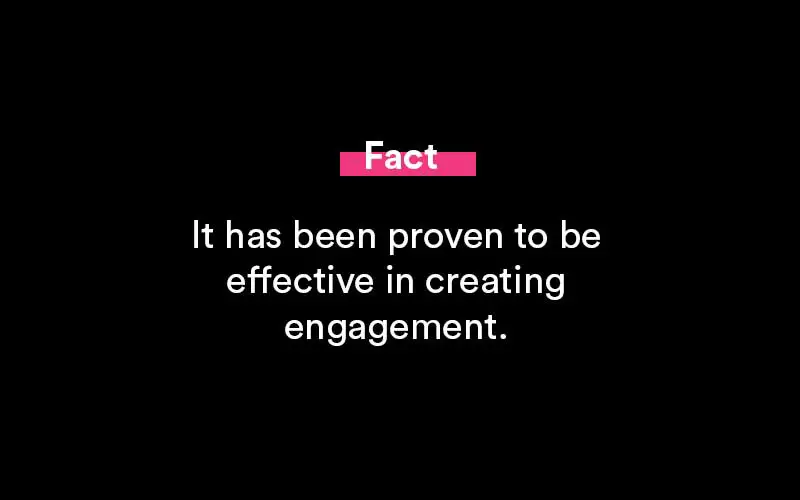
Popular Resources

Featured
35+ Phone Interview Questions & Best Sample Answers
Phone interviews have become a core part of the process when attempting to find a secured placement for an open position. Companies receive massive responses from potential candidates for any..

Featured
12+ Best Questions To Ask A Recruiter
Concerning a job search, you might receive numerous offers from your recruiters. Before you choose one, you need to assess all the conditions, for which it is vital that you know everything associated with the offered position..

Featured
Answering "What Makes You Unique" In A Job Interview
Answering this question during a job interview requires more than knowing why you are unique as an individual. Yes, the true scientific answer is made up of two main components: your..

Featured
250+ Ice Breaker Questions for Life
An ice breaker question is a question that’s asked from one person to another person in order to act as a conversation starter. It brings a connection...

Featured
10 Best Answers to "What Motivates You?"
Open-ended questions like “What motivates you?” can elicit a deer-in-the-headlights reaction from job candidates if they are unprepared. It’s a broad question and can leave the interviewer..

Featured
Answering "How Did You Hear About This Position" In An Interview
A lot of interviewers ask this question - how did you hear about this position? This way they can judge you if you are a passive or an active job seeker..

Featured
8 Best Thank You Emails After an Interview (Samples, Free Templates)
Writing a thank you note after an interview says a lot about you as a potential employee. Most notably, it says that you care about the opportunities presented..

Featured
Writing a Resignation Letter (How To Write It, Samples)
Writing the perfect letter of resignation is more of an art than it is a science. And we’re going to cover how to master that art form in this full guide..

Featured
How to End a Letter (Example Salutations, Sign Off's)
Knowing how to end a business note or email is an important skill to develop. It helps portray a sense of confidence, respect and tone to your message..
